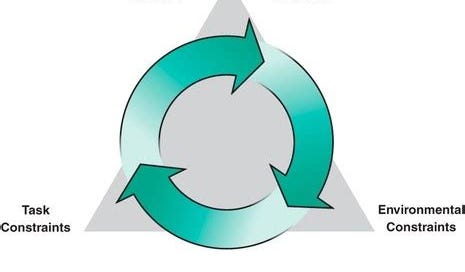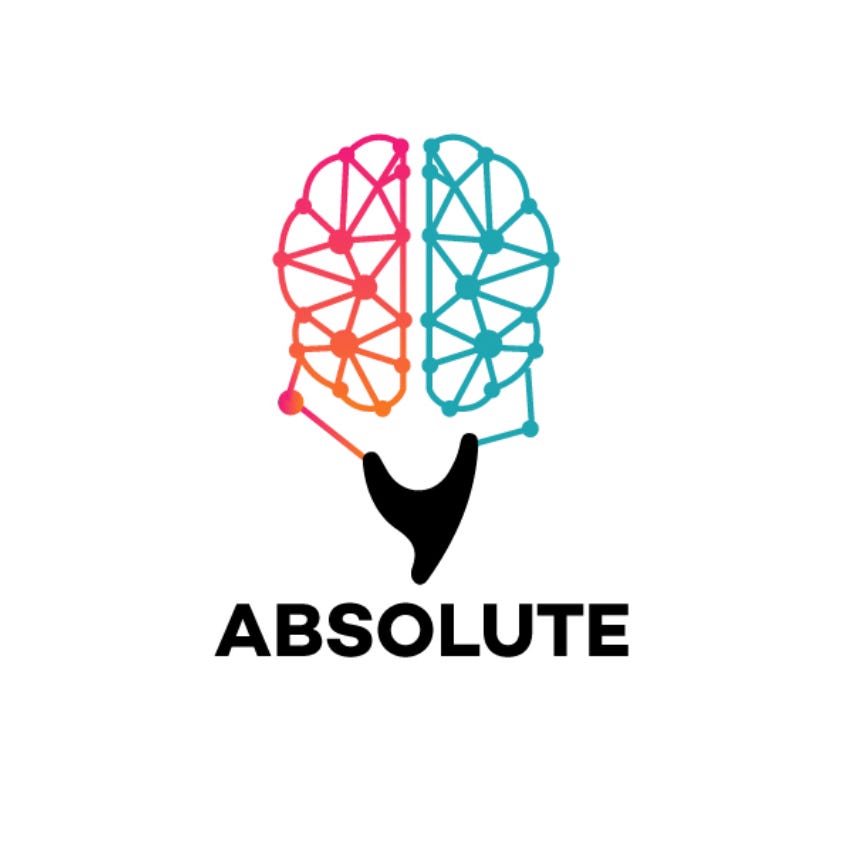As you all may already be aware, Functional Range Systems has released a new course offering entitled the Internal Strength Model (ISM). In it, the scientific underpinnings of training for strength and its application to both tissue specificity and neurophysiological specificity are discussed and applied using a framework that defines the training constraints and how they are used to induce specific training effects at both of these levels (biological and neurological).
Recently I received a question, from a recent ISM course attendee (that I will paraphrase) regarding hockey skating technique and how to use the ISM to improve an athletes skating ability, specifically what training inputs to use and how to use them.
This is an interesting question as it necessitates that an understanding of the difference between skill and strength. These are separate entities, yet are dependent on each other.
The view of skating for the sport of hockey requires the coach/trainer/therapist to have a detailed understanding of the mechanics of the skating technique both in the acceleration phase and in the steady state stride phase as each of these phases requires specificities in the technical application by the athlete and in so being will also require different movement capacities that the athlete should possess. This is actually a very rudimentary view of skating technique as I have only highlight forward skating. Keep in mind the sport of hockey will require backward skating (mores for defencemen), as well as crossovers, transitions, and advanced puck protection techniques (such as mohawk turns).
In addition to this, there are certain strength output demands that the athlete should possess during each of these skating skills. Again, these will be different strength capacities depending on the specific technique. Forward acceleration will be quite different than steady state striding.
To completely answer this question depends on whether this athlete has a skill based learning issue or do they have a strength emergence issue?
When it comes to skill learning, there must be a well of perceptual information that the athlete can draw from. This information is ecological in nature, meaning some of this information comes from the external environment and some of this information comes from the internal environment. Based on the constraints based approach these are summed up in Karl Newell’s model and would fall under the categories of task (external), environment (external) and individual (internal). It is the opinion of Absolute that the boundary limitations of the athlete should play a priority in any approach to skill learning. It is also the opinion of Absolute that articular limitations have the utmost importance. Simply if the joint(s) cannot move, where it needs to move in the process of the skill, then learning cannot happen to its fullest extent. Essentially information flow will be impaired and the learning process will stall.
To define whether there is a skill learning issue, a Functional Range Assessment (FRA) is paramount. This allows the practitioner/coach to observe whether each articulation required in the skill possesses the movement capacity necessary. Simply is the available workspace of the joint commensurate with the skill demands?
If yes, then we can be certain that there is enough internal perceptual information, there just isn’t the necessary strength emergences. If no, the training process begins to acquire the areas of the workspace of the corresponding joints to a level required of the skill demand before training for special strength.
Strength and the emergence of it at specific times, at specific rates and at specific magnitudes is extremely important in the ability to increase skillful technical movement.
A strength issue can fall into two categories: one of absolute strength and one of special strength. These are interrelated and interdependent.
When it comes to absolute strength, it can often be difficult for practitioners/coaches to decide on when there is enough. Let’s use the front squat as the measuring tool for absolute strength for a hockey player. The reason for using this is the need for the athlete to get “into the hips” further backward than the more traditional back squat. For the sport of hockey and specifically with respect to skating, the athlete is only having to move themselves therefore a maximal strength of 1.5-2X body weight would be a great capacity to possess.
The ability of the athlete to possess the appropriate amount of absolute strength is important in that this is strictly a neurological capacity that can be drawn from in the training of special strengths (explosiveness. see series on Establishing Point B) as well as during the skill based learning process. Accessing the nervous system’s ability to produce emergent behaviour is a key to continually refining emergent behaviour.
Each phase of skating comes with its own strength demands. Acceleration is a sagittal plane movement of power output that last for only a few strides. `This output comes from the hip extensors (hamstrings and glutei), thus using the ISM would require that tissue specific training for this specific physiological quality is occurring.
Steady state striding is a frontal plane (primarily) movement of the hip in abduction and slight extension.
This has very different strength demands as the hip adductors are loaded repeatedly through lengthening to end range, while the abductors must possess a sustained ability to produce force. On stride recovery the adductors must concentrically pull the hip back to the starting position. For the adductors this necessitates having stiffness at length as well as the ability to sustain force output. For the hip abductors this requires sustained magnitudes of force to continually propel the athlete forward at high velocity. All of these are trainable as tissue specific qualities using the ISM.







